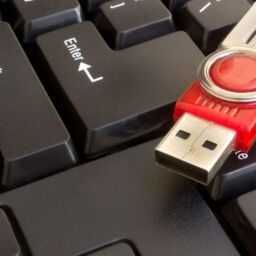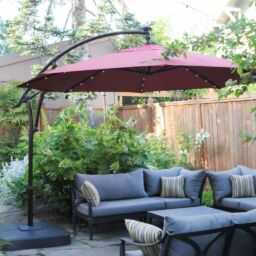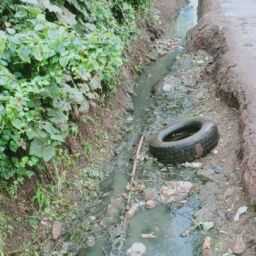Indoor Mini Golf
Indoor mini golf or Putt putt, the name the game is famously known by is a small sibling of the world-renowned game, golf. Miniature golf uses a smaller version of a golf club known as a putter hence the name putt putt.
Invented between the late 19th century and the early 20th-century miniature golf ball has grown greatly with the crop up of mini golf courses; training courses and actual playing fields, mini golf tournaments and professional players who have taken the sport as a career. Most recently mini golf has evolved from being played on outside courses and has become an indoor sport graced with glow in the dark lights thus bringing color to the game especially when played at night.
Away from the history and growth of the sport, let us play some miniature golf. Just like in the Jack Nicklaus game, miniature golf’s main aim is to get the golf ball inside a hole with the least strokes possible. You need to select a putter that’s approximately the height from your feet to your waist. At this length, you are halfway to becoming a master of putt-putt.
How to Hold a Putter
Similar to normal golf the second key to mini golf is the grip. This is just the way you hold the putter to ensure your stroke directs the ball to exactly where you want it to go. Remember you need to get the ball into the hole with as few strokes as possible. The hand that goes first for a perfect grip is your dominant hand, that is to say, the hand that is the ‘go to’ hand whenever you are required to use them. Stretch out your hand to the putter and have a shake – hand action to the putter’s handle. The second hand comes after the first but place it behind on the handle.This kind of grip is known as the backhand grip. Other forms of grip are the forehand grip and the overlap grip. The two are not most commonly used however are important to know since different people may have a preference for one grip to another basically because of the body structure. The forehand is similar to the backhand but has the hands further apart from each other. It utilizes upper body strength leaving less effort to the hands as compared to the backhand. Lastly is the overlap. Here the dominant hand is held under the less dominant hand. This grip focuses a lot of the grip power in keeping the putter in control and is the least popular among professional mini golf players.
Posture for the Swing
Having mastered the grip you are almost ready to start playing. Place the ball in front of you and make sure the ball and the tip of your toes make a triangle shape in relation to each other. This is known as the stance. Your feet should be approximately 30 centimeters from each other pointed dead ahead. The stance is used to achieve a good swing without you losing your balance and consequently having a bad swing. In the words of Jack Nicklaus “setting up correctly gives you a good chance of hitting a reasonable shot even if you make a mediocre swing”. The further away the feet are from each other increases stability but consequently increases the force needed for that pendulum movement to get the ball rolling.
Next comes the aim. The putter has a line at the top. This line is known as the aim line. It assists in telling you the direction in which the ball will roll after your swing. Therefore the aim line should always point to the hole, thus the ball will roll in that same direction. Make sure the putter lines up horizontally with the ground before a shot is taken.
Taking the Swing
Finally the swing. For a novice, it would be tempting to have a Tiger Woods swing but remember the acres of clear field in golf are not here so such a swing may lead to damage considering you are playing indoors. Miniature golf utilizes a putting stroke, not much effort is required. The putter should be swung but never going above your waist. At times the smaller the strokes the fewer the number of times you need to get the ball into the hole.
Test Run
Having these skills practiced you are ready for the course. Have the ball at the beginning of the green. Usually, it’s demarcated using a black marking where you place your ball. If it’s a competition, each one in the game should choose a different colored ball to avoid confusion during the game. Everyone takes their first stroke. The person whose ball is closest to the hole gets the next swing. If the ball has not entered the hole by the sixth swing then it’s the person with the next closest ball to take a swing.
While playing indoor miniature golf you may find yourself in a position where the ball comes to rest next to a wall. According to the rules you are allowed to move the ball two club head lengths for a suitable swing
Generally, miniature golf is a wonderful game to share with the family on a weekend. The rules are quite simple and victory doesn’t largely depend on physical strength, therefore, young ones and grandparents don’t feel at a disadvantage participating. Weather or time is not also a factor when playing the game considering it is indoors adding to the fun. On the advantages, miniature golf can also be improvised using old cups for the holes and a small putter. Pillows and chairs can act as hazards to make the game more challenging. By keeping score the outdoor experience can be mimicked with equally as much or even more fun.
AUTOPOST by BEDEWY VISIT GAHZLY





